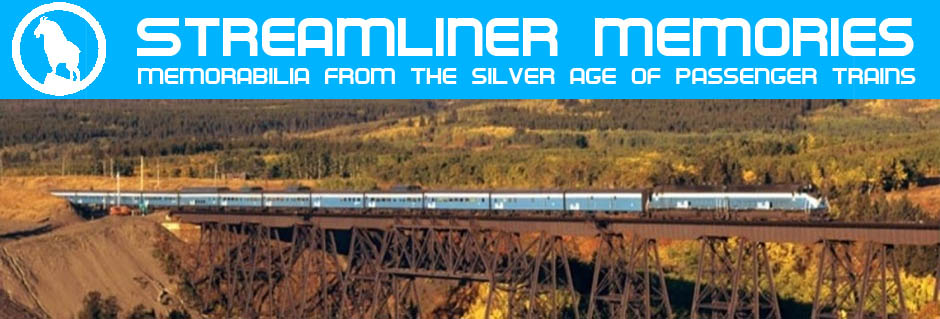Rio Grande had one more passenger train a day going each way through the Moffatt Tunnel in 1957 than in yesterday’s 1952 timetable. The overnight service from Denver to Craig had proved unpopular, so in 1954 Rio Grande introduced a new day train called the Yampa Valley Mail. The train was popular with railfans because it was usually pulled by an Alco PA locomotive. But it wasn’t popular with passengers as it took twice as long as driving, so it usually consisted of just a baggage-mail car and a coach.
 Click image to download an 9.8-MB PDF of this 20-page timetable.
Click image to download an 9.8-MB PDF of this 20-page timetable.
The Yampa Valley Mail appeared on both the main schedules (table 1) and as a local service (table 3 on page 10). However, no other local trains were on page 10, meaning the Denver-Alamosa train had been cancelled. Rio Grande still operated the tourist-oriented train between Durango and Silverton that would be featured in a full-page ad in the May 1959 timetable. The train wasn’t mentioned in today’s timetable because it was mainly a summer train and this is a winter timetable. Continue reading









